Alexander G. Volkov9780824708399, 0-8247-0839-3
Table of contents :
Interfacial Catalysis……Page 1
Table of Contents……Page 5
Preface……Page 3
Contributors……Page 7
I. INTRODUCTION……Page 10
Table of Contents……Page 0
II. ELECTRON TRANSFER REACTIONS AT LIQUID/LIQUID INTERFACES……Page 13
III. SOLVENT REORGANIZATION FREE ENERGY……Page 16
IV. SELECTIVE CATALYTIC PROPERTIES OF LIQUID INTERFACES……Page 18
REFERENCES……Page 26
I. INTRODUCTION……Page 32
II. ION TRANSFER WITH PRECEDING CHEMICAL REACTIONS……Page 33
A. Two-Phase Nucleophilic Substitution Reaction……Page 34
A. Phase-Boundary Potential-Driven Interfacial Chemical Reactions……Page 36
B. Ion Transfer Followed by Homogeneous Electron-Transfer Reaction……Page 41
IV. ELECTROCHEMICAL POLYMERIZATION REACTIONS AT THE LIQUID/LIQUID INTERFACE……Page 42
REFERENCES……Page 43
I. INTRODUCTION……Page 45
B. Centrifugal Liquid Membrane Method……Page 46
F. Micro Two-Phase Sheath Flow Method……Page 48
A. Chelate Extraction……Page 49
B. Ion-Association Extraction……Page 54
C. Synergistic Extraction……Page 55
IV. INTERFACIAL AGGREGATION OF METAL COMPLEXES……Page 57
V. CONCLUDING REMARKS……Page 58
REFERENCES……Page 59
I. INTRODUCTION……Page 61
A. Distribution Behavior of Ions at the NB/W Interface……Page 62
B. Number of Coextracted Water Molecules……Page 63
A. Proposed Model of Interfacial Transfer of a Hydrophilic Ion……Page 64
B. Invalidity of Bornian Electrostatic Models……Page 67
C. A New Approach Based on Quantum Chemical Considerations……Page 69
A. Chemical Shifts……Page 73
B. Rotational Correlation Times……Page 79
A. Alkylammonium Ions……Page 82
B. Carboxylate Ions……Page 86
REFERENCES……Page 88
A. Assumptions……Page 91
B. Unknowns……Page 92
C. Equations……Page 93
III. SOLUTION……Page 96
A. Noninteracting System……Page 98
B. Interacting System……Page 102
E. Other Solvents……Page 113
V. ELECTROCHEMICAL APPROACH OF LIQUID-LIQUID EXTRACTION……Page 115
VI. CONCLUSION……Page 116
ACKNOWLEDGMENTS……Page 117
APPENDIX……Page 118
REFERENCES……Page 119
I. INTRODUCTION……Page 121
II. SUPPORTED AQUEOUS PHASE CATALYSIS……Page 122
III. INVERSE PHASE-TRANSFER AGENTS……Page 126
IV. VARIOUS MODES TO MAINTAIN A COMPLEX IN THE INTERPHASE……Page 131
V. CONCLUSION AND PERSPECTIVES……Page 135
REFERENCES……Page 136
I. BACKGROUND……Page 139
A. Interfacial Rheology……Page 141
B. Thin-Film Rheology……Page 142
E. Long-Range (nonDLVO) Oscillatory Structural Forces……Page 143
F. Rigid, Viscous Interfacial Film on Crude Oil……Page 144
G. Thin-Film Systems from Surfactant Solutions……Page 146
III. EXPERIMENTAL METHODS IN EOR……Page 151
A. Correlation Between Film Lifetime and Dynamic Interfacial Tension……Page 153
B. Drainage-Rupture Character of the Thin Liquid Film in Crude Oil EOR Systems……Page 154
C. The Film Capacitance……Page 159
D. The Film Lifetime……Page 160
IV. SUMMARY AND CONCLUSIONS……Page 162
ACKNOWLEDGMENTS……Page 163
REFERENCES……Page 164
I. INTRODUCTION……Page 167
II. BASIC PRINCIPLES OF PHASE TRANSFER CATALYSIS……Page 168
A. Reactions of Anions Available as Salts of Inorganic Anions……Page 172
B. Phase Transfer Catalyzed Reactions Carried Out in Presence of Bases……Page 176
C. Generation and Reactions of Carbenes……Page 185
D. Base-Induced B-Elimination……Page 187
E. Phase Transfer Catalysis in Organometallic Chemistry……Page 188
F. Enantioselective Phase Transfer Catalyzed Reactions……Page 190
A. Phase Transfer Catalyzed Reactions of Inorganic Anions in Liquid-Liquid Systems……Page 191
B. Phase Transfer Catalyzed Reactions of Inorganic Anions in Liquid-Solid Systems……Page 195
C. Phase Transfer Catalyzed Reactions of Anions Generated in Situ in Liquid-Liquid Systems……Page 196
D. Phase Transfer Catalyzed Reactions of Anions Generated in Situ in Liquid-Solid Systems……Page 202
V. SUMMARY……Page 203
REFERENCES……Page 206
II. GENERAL PRINCIPLES……Page 210
B. Influence of the Onium Anion……Page 212
C. Influence of the Organic Solvent……Page 217
III. MECHANISM OF PHASE TRANSFER CATALYSIS……Page 218
A. Mechanism in the Presence of Concentrated Aqueous Bases……Page 220
IV. ANIONIC REACTIVITY OF QUATERNARY ONIUM SALTS……Page 221
A. Influence of the Onium Cation Structure……Page 222
V. OTHER PTC CATALYSTS……Page 223
A. Solid-Liquid PTC……Page 226
B. Ion Pair Extraction……Page 227
E. Gas-Liquid PTC……Page 228
F. Asymmetric Phase Transfer Catalysis……Page 229
ACKNOWLEDGMENTS……Page 231
REFERENCES……Page 232
I. INTRODUCTION……Page 234
A. Thermodynamic Aspects……Page 235
B. Kinetic Aspects……Page 242
A. Catalysts……Page 246
B. Counteranions and Anionic Reactants and Products……Page 254
C. Solvents……Page 256
A. Normal-Phase Transfer Catalysis……Page 257
B. Reversed Phase Transfer Catalysis……Page 268
C. Inverse Phase Transfer Catalysis……Page 269
D. Two-Phase Wittig Reactions……Page 280
E. Asymmetric and Thermoregulated Phase Transfer Catalyses……Page 283
V. POSTSCRIPT……Page 285
REFERENCES……Page 286
A. General Considerations……Page 292
B. Some Applications……Page 295
A. Mechanism of Liquid-Liquid Phase Transfer Catalysis (LLPTC)……Page 299
B. Kinetics of a Liquid-Liquid Phase Transfer Catalysis……Page 302
C. Thermodynamic Equilibrium in LLPTC……Page 307
D. Mass Transport in LLPTC……Page 312
E. Interfacial Phenomena in LLPTC……Page 316
III. LIQUID-SOLID-LIQUID PHASE TRANSFER CATALYSIS……Page 317
A. Characterization and Mechanism of LSLPTC……Page 318
B. Kinetics and Modeling in LSLPTC……Page 322
C. Mass Transfer Problem in LSLPTC……Page 324
IV. SOLID-LIQUID PHASE TRANSFER CATALYSIS……Page 328
A. Interfacial Phenomena……Page 330
B. Adsorption Effect on the Solid Surface……Page 334
C. Mass Transfer Effects……Page 340
D. Kinetic Modeling of Heterogeneous Solubilization……Page 342
V. TRI-LIQUID PHASE TRANSFER CATALYSIS……Page 343
A. Formation of the Third Liquid Phase……Page 344
B. Interfacial Mechanism of TLPTC……Page 345
C. Kinetic Modeling for TLPTC……Page 348
VI. CONCLUSION……Page 352
SYMBOLS……Page 353
REFERENCES……Page 355
I. INTRODUCTION……Page 361
A. Methods of Protein (Enzyme) Incorporation Into Reverse Micelles……Page 363
B. Separation of Components of Micellar Systems, Enzyme Regeneration, and Isolation of Reaction Products……Page 364
C. Limits of Protein (Enzyme) Solubilization in Systems of Reverse Micelles……Page 365
D. Structure of Protein-Containing Micelles……Page 366
III. KINETIC CHARACTERISTICS OF ENZYMIC CATALYSIS IN SYSTEMS OF REVERSE MICELLES AND THEIR REGULATION……Page 367
A. Dependence of Catalytic Constant Kcat on Degree of Hydration……Page 368
B. Dependency of Catalytic Activity of Solubilized Enzymes on Surfactant Concentration……Page 371
IV. APPLIED ASPECTS OF MICELLAR ENZYMOLOGY……Page 374
A. Modification of Proteins (Enzymes) and Their Supramolecular Design in Reverse Micelles (Nanoreactors)……Page 375
REFERENCES……Page 379
I. INTRODUCTION……Page 383
III. PRE-CMC CATALYSIS……Page 385
IV. CATALYSIS WITH CATIONIC SURFACTANTS……Page 386
V. CATALYSIS WITH ANIONIC SURFACTANTS……Page 388
VI. CATALYSIS WITH NONIONIC AND ZWITTERIONIC MICELLES……Page 389
VIII. EXCITED STATE CHEMISTRY IN MICELLAR SOLUTION……Page 390
XI. MICELLAR CATALYSIS IN REVERSE MICELLES……Page 391
XII. MICELLAR CATALYSIS TOMORROW……Page 392
REFERENCES……Page 393
I. INTRODUCTION……Page 397
B. Relationship Between Sizes of Reversed Micelles and Water Pools with Wo……Page 398
D. Observation of AOT Reversed Micelles Using Freeze-Fracture Transmission Electron Microscopy and Cryotransmission Electron Microscopy……Page 401
E. Effects of Electrostatic Charges of Surfactants and Cosurfactants on Reversed Micellar Properties……Page 403
F. Multiple Effects of Water Pools and Their Interface Region on Reaction Field……Page 404
A. Catalytic Activity of Hexokinase in Reversed Micelles……Page 406
B. Photomerization of Cysteine by Ultraviolet Irradiation in Reversed Micellar System……Page 412
IV. STUDY OF ENZYMIC POLYMERIZATION OF NUCLEOTIDES IN A REVERSED MICELLAR SYSTEM AS A DEVELOPMENT OF BIOPOLYMER SYNTHESIS UTILIZING THE LIQUID-SOLID INTERFACE……Page 415
V. CONCLUSION……Page 421
REFERENCES……Page 422
I. BACKGROUND……Page 426
II. INTRODUCTION……Page 427
A. Techniques of BLMs and Supported BLMs……Page 431
B. Supported s-BLMs, sb-BLMs, and t-BLMs: The New BLM Systems……Page 439
C. Equipment and Measurement……Page 441
A. Biosensors and Their Development……Page 446
B. Fundamentals of the Lipid Bilayer-Based Sensors and Devices……Page 449
C. Molecular Electronics and Planar Lipid Bilayer-Based Biosensors……Page 450
V. ADVANCES IN SELF-ASSEMBLED LIPID BILAYER-BASED BIOSENSORS……Page 451
C. Modified s-BLMs as pH Sensors……Page 452
D. s-BLMs as Ion Sensors……Page 453
E. Modified s-BLMs as Molecular Sensors……Page 454
G. s-BLMs Deposited on Piezoelectric Quartz Crystals……Page 455
VI. CONCLUDING REMARKS AND FUTURE PROSPECTS……Page 461
REFERENCES……Page 462
I. INTRODUCTION……Page 465
II. BIOELECTROCATALYSIS AT A SOLUTION/ELECTRODE INTERFACE……Page 466
A. Theory of Homogeneous Mediated Bioelectrocatalysis in Quiet Solution……Page 467
B. Kinetic Analysis of Oxidoreductase Reactions……Page 469
C. Redox Potential Measurements of Proteins and Enzymes……Page 473
III. BIOELECTROCATALYSIS AT ENZYME-MODIFIED ELECTRODES……Page 475
A. Steady-State Currents in Coimmobilized Systems……Page 477
B. Direct Bioelectrocatalysis……Page 479
IV. MICROBIAL CELL-BASED BIOELECTROCATALYSIS……Page 483
A. Evaluation of Catalytic Activity of Microbial Cells……Page 484
B. Mediated Bioelectrocatalysis of Microbial Cells……Page 485
V. APPLICATION OF BIOELECTROCATALYSIS IN FUEL CELLS……Page 490
REFERENCES……Page 494
I. INTRODUCTION……Page 496
II. SELECTIVITY AND PERMEABILITY: CATALYSIS IN NARROW PORES……Page 497
A. Free Energy Compensation and Molecular Structure……Page 498
B. Modeling Conductance and Permeation Free Energy……Page 499
C. SMC Computation of Permeation Free Energy……Page 504
A. Theoretical Background: Elastic Plates and Shells……Page 511
B. Membranes with a Single Insertion……Page 516
C. Experimental Results: Analysis Using Elastic Models……Page 520
D. Nonuniform Membrane Model……Page 522
A. Finite Difference Approach to Elastic Deformations Caused by Inclusions……Page 526
B. Two Inclusions……Page 528
C. Many-Body Effects in Membrane-Mediated Interaction Between Insertions……Page 530
V. SUMMARY……Page 533
REFERENCES……Page 534
I. INTRODUCTION: KINETIC ASPECTS OF SYNCHRONOUS MULTIELECTRON REACTIONS……Page 538
II. CYTOCHROME OXIDASE: ELECTROCHEMISTRY OF RESPIRATION……Page 540
C. Activation Energy and Mechanism of Dioxygen Reduction……Page 543
III. PHOTOSYNTHETIC SYSTEMS……Page 545
V. THERMODYNAMICS OF WATER OXIDATION……Page 546
VI. MOLECULAR MECHANISM OF OXYGEN EVOLUTION IN VIVO……Page 549
REFERENCES……Page 550
A. Cell Used to Observe “Perpendicular Transport”……Page 552
B. Cell Used to Observe “Parallel Transport of Type I”……Page 553
A. Fundamental Feature of Voltammogram for “Perpendicular Transport”……Page 555
B. Comparison of Voltammogram for “Parallel Transport of Type I” with That for “Perpendicular Transport”……Page 556
C. Comparison of Voltammogram for “Parallel Transport of Type II” with That for “Perpindicular Transport”……Page 557
IV. EFFECT OF CONCENTRATIONS OF ELECTROLYTES IN AQUEOUS AND MEMBRANE PHASES ON “PARALLEL TRANSPORT OF TYPE I” OR “PARALLEL TRANSPORT OF TYPE II”……Page 559
V. DISTRIBUTION OF POTENTIAL DIFFERENCE AT THE WIM INTERFACE BETWEEN SITES A AND B……Page 560
A. Ion Transfer at the W1IM Interface in a Region Between Sites A and B Under Potential Difference Applied Between Sites A and B in W1……Page 561
B. Ion Transfer from W2 to W1 Through a Domain Under Potential Difference Applied Between Sites A and B in W1……Page 562
C. Ion Transfer Along the W1IM Interface with Adsorbed Surfactant Under Potential Difference Applied Between Sites A and B in W1……Page 563
D. Ion Transfer from W1 to a Special Region of W2 Under Potential Difference Applied Between Sites A and B in M……Page 564
VII. ELECTRON TRANSFER AT THE W1IM INTERFACE IN A REGION BETWEEN SITES A AND B……Page 565
VIII. SPONTANEOUS “PARALLEL TRANSPORT OF TYPE II” REALIZED BY CHEMICAL REACTIONS……Page 566
REFERENCES……Page 568
I. INTRODUCTION……Page 570
A. Relations Between Voltammograms for Ion Transfers Through a Liquid Membrane and Those at Aqueous/Membrane Interfaces……Page 571
B. Influence of Ion Transfer Reaction at One W/M Interface on That at Another W/M Interface Under Applied Membrane Potential……Page 574
D. Ion Separation by Electrolysis Under Applied Membrane Potential……Page 576
III. ION TRANSFER THROUGH A THIN SUPPORTED LIQUID MEMBRANE……Page 579
IV. ION TRANSPORTS THROUGH BILAYER LIPID MEMBRANES……Page 580
A. Various Types of Voltammograms for Ion Transfer Through BLMs……Page 582
B. Ion-Transfer Processes Involved in Voltammogram for Ion Transfer Through a BLM……Page 586
C. Ion Transfers Through BLMs Composed of Various Lipids……Page 591
CONCLUSION……Page 593
REFERENCES……Page 594
I. INTRODUCTION……Page 596
II. SPATIAL ORGANIZATION OF A PHOTOSYSTEM FOR SOLAR ENERGY CONVERSION BASE ON LIPID VESICLES……Page 601
A. Lipid Vesicles and Spatial Organization of Redox-and Photochemically Active Species of a Photocatalytic System in a Vesicle……Page 602
A. Size of CdS Nanoparticles in Inner Cavities of Vesicles……Page 605
B. Growth Rate of CdS Nanoparticles in Inner Cavities of Lipid Vesicles……Page 607
IV. PHOTOCHEMICAL PROPERTIES OF SYSTEMS BASED ON LIPID VESICLES WITH CDS NANOPARTICLES……Page 608
B. Heteropolyacid Anions as Reversible Electron Carriers in Lipid Vesicle Suspensions……Page 610
V. CONCLUSIONS……Page 611
ACKNOWLEDGMENTS……Page 612
REFERENCES……Page 613
II. FUNDAMENTAL ASPECTS OF CHARGE TRANSFER AT THE ITIES……Page 614
A. Ion Transfer Reactions at the ITIES……Page 615
B. Electron-Transfer Reactions at the ITIES……Page 619
C. Photoinduced Charge-Transfer Processes……Page 620
A. Catalytic Studies at Polarizable Liquid/Liquid Interfaces……Page 623
B. Electrochemical Approach to Phase Transfer Catalysis……Page 625
A. Photocatalysis Employing Dyes at Organized Assemblies……Page 627
B. Photosynthesis and Photocatalysis at the Polarizable ITIES……Page 631
A. Catalytic Properties of Metal Nanoparticles and Colloids in Solution……Page 632
B. Electrochemically Generated Particles as In Situ Catalysts at the ITIES……Page 635
C. Two-Phase Photocatalysis in Presence of Metal and Semiconducting Nanoparticles……Page 636
REFERENCES……Page 641
I. INTRODUCTION……Page 647
A. Influence of Model Membranes on Sensitizer Aggregation……Page 648
B. Influence of Model Membranes on the State of Existence and Location of Porphyrins……Page 650
C. Effect of Model Membranes on Excited-State Dynamics of Porphyrins……Page 652
IV. PHOTOSENSITIZERS AS PROBES FOR MICELLE AND LIPID INTERFACIAL AND INTERNAL ENVIRONMENTS……Page 653
REFERENCES……Page 656
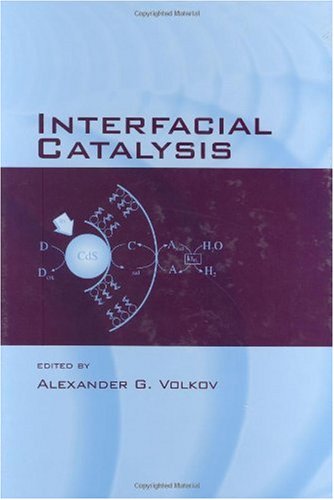
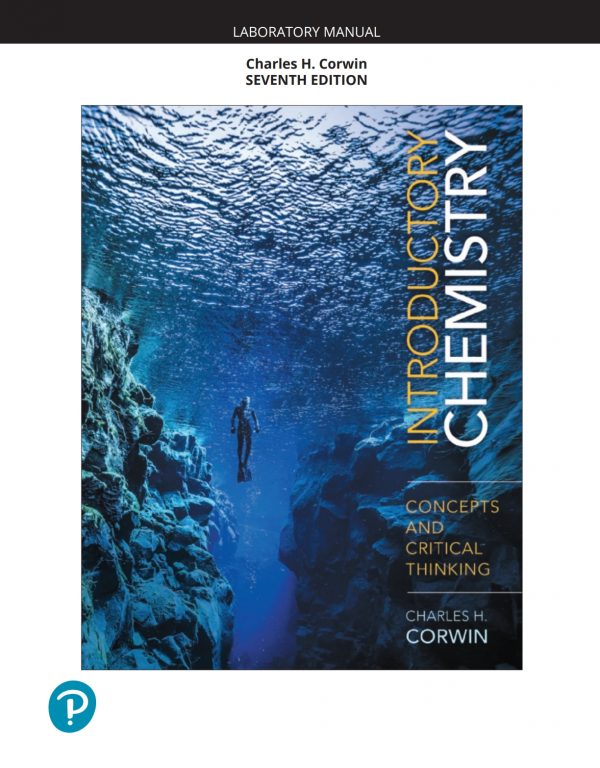
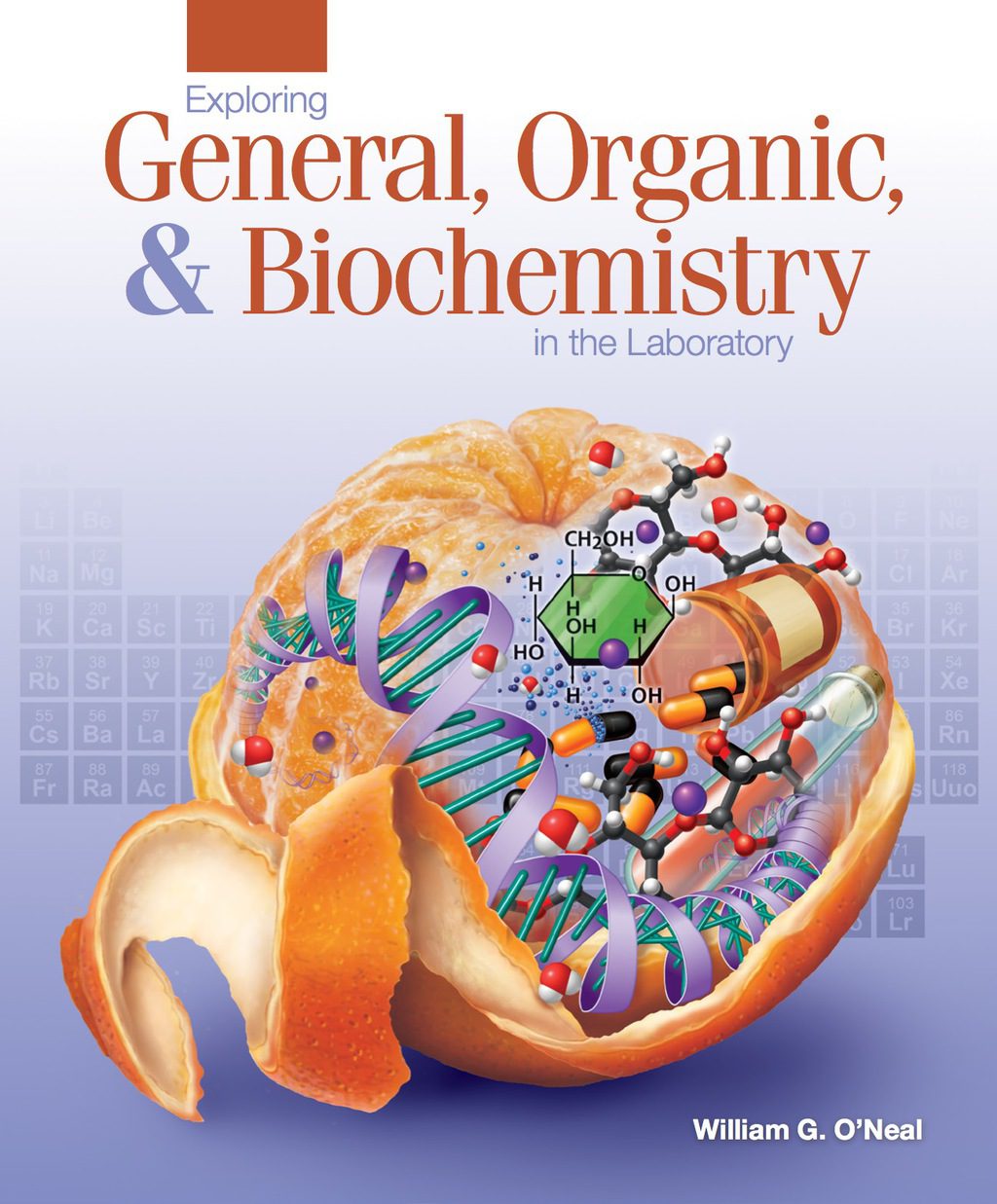
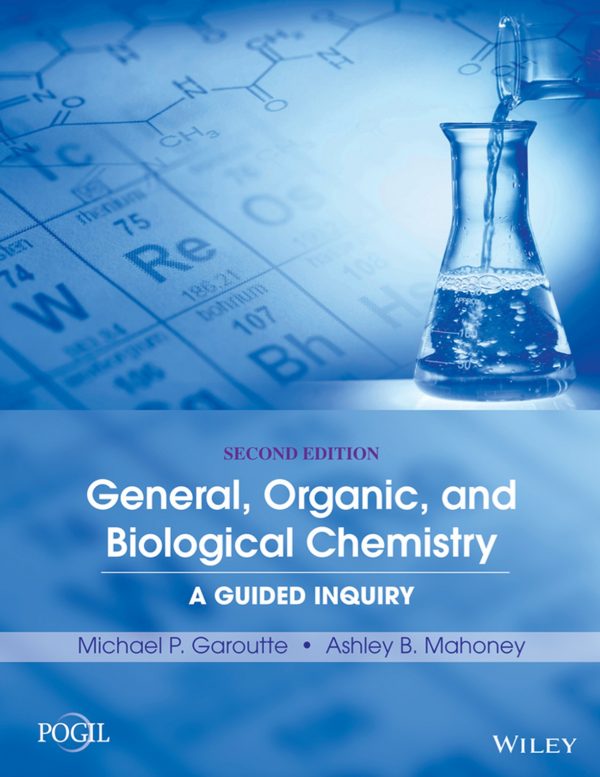
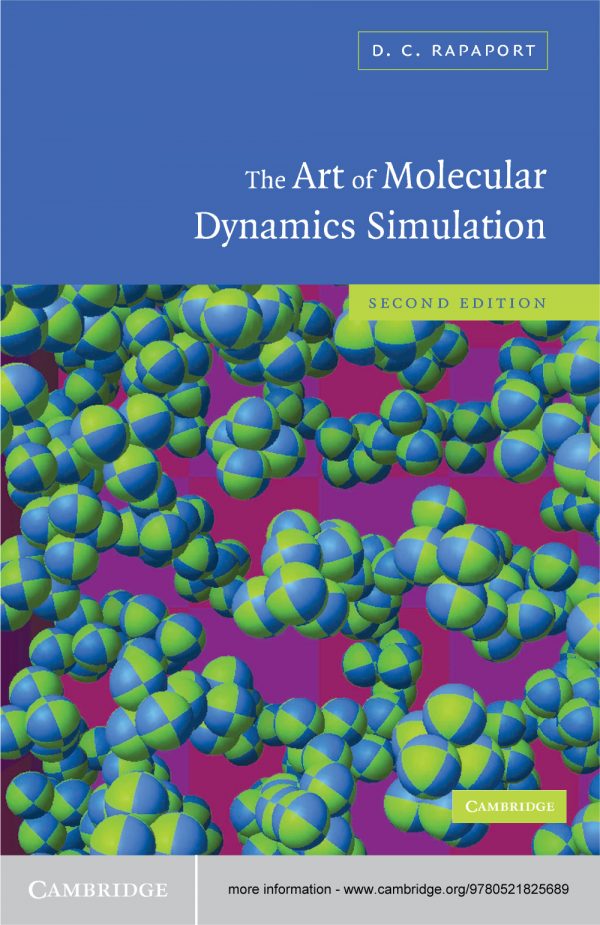


Reviews
There are no reviews yet.